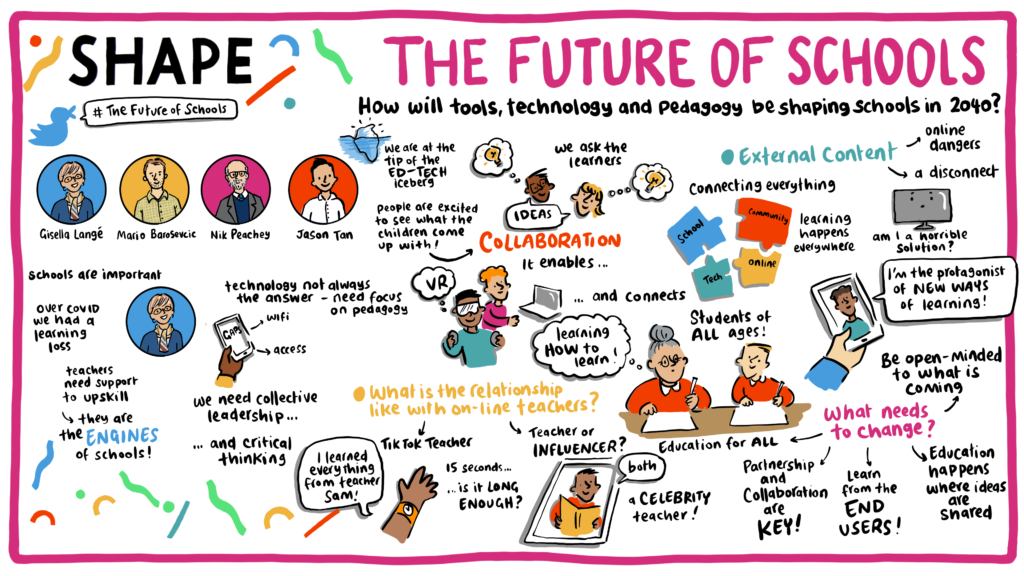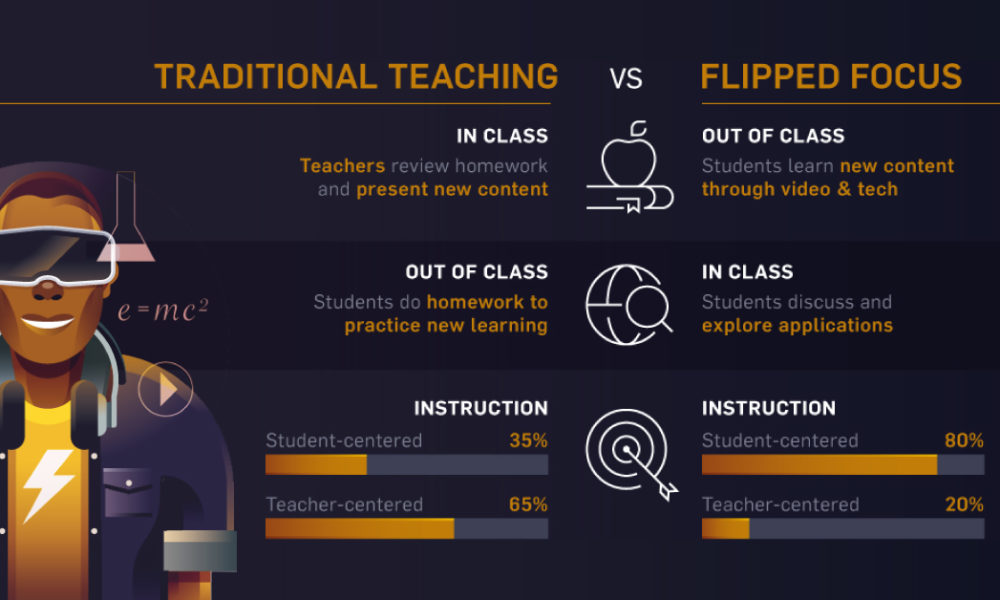As we have seen throughout the past few years as technology progresses along with digital tools they are causing how we teach to be forced to change with it or to lose student’s interests. Also with the Covid-19 pandemic happening recently we saw that there is a drastic need to begin incorporating technology into the classroom so that we are already use and able to teach with it and the students are comfortable using it in case situations like this arise. Technology allows us to collaborate with others however, it cannot be the only answer because there has to be some differentiation.

Technology can be extremely helpful in the history classroom especially because one students can explore history through many different digital tools and other’s projects. As well as they can use digital tools to create their own projects. One way I will use digital tools in my future classroom is by using Omeka. I will have my students use Omeka to learn through other’s sites; of course with background knowledge and I will look through them first so that I can make sure there is no misinformation. Sites such as https://omeka.org/classic/showcase/ can allow students to get acquisition without lectures. As well as Omeka can be used for group projects as summative assessments to show they have met the LEQs or UEQs. Omeka not only allows students to show what they have learned but like McClurken says in his article it allows “students to learn a variety of skills – digitization, organization, presentation, exhibition, metadata creation” which are all skills that would help the students in the future whether it be in college or the job field.
Social media can also be a useful tool within the history classroom. Platforms such as twitter or instagram can be used for projects as well. I have had personal experience with using social media in the classroom although it was for an English class. We were required to create an instagram account based on our summer readings and it really helped me to pay closer attention to the reading. Barth gives an example of using social media in a history classroom in the article “Distance Learning on Insta”. Students were required to post weekly in response to readings, they could ask questions in it, make connections to other historical period, and post their own thoughts and creations. I would like to implement projects like this into my classroom. I believe that having students create an instagram or twitter for a specific period in history would be a good way to get them interested and help to get them excited about the project as well as it allows them to be creative. It would also show that they have learned what they were suppose to.
Another way I would like to incorporate digital tools into the classroom is by having a course blog. Whether that blog is set up in a website or on a group Zotero. By having a blog students can respond to readings or questions in the class. However, the students can have the freedom to respond to the prompts in different ways such as “long paragraphs, poetry, and other forms” as long as it fits the course goals (Galarza). Blog posts help show students understood the content and could be a good exit ticket for the day. It also helps students to practice their writing skills which is more important now than ever since history is no longer a tested subject and low ELA test scores could end up taking students out of the history classroom.

Technology is also allowing for classrooms in general to change. The above image shows the “flipped classroom” which is essentially where students use technology and provided digital tools to learn at home/outside the classroom. While class is centered around discussion; this version of learning is much more student centered and promotes learning more than the traditional model which generally includes teacher acquisition and lectures that tend to bore students. The use of technology allows students to learn and control their learning a little more than the traditional teaching.
Lastly, I will most definitely be incorporating Zotero into my future classroom. Zotero will give them a place to store any websites that they have used or think they will use in one place. This way they will not lose them before citing it as well as allows them to be able to find them if they think they can be useful again. It also helps to cite it for them. The article “Zotero, the Free Citation Manager for Students, Teachers, and More” shares that Zotero will allow the bibliography to fill itself in once you hit a button. This will save the students time while also saving them from plagiarism. The article also highly encourages the use of Zotero in the classroom and states that it should be a “basic and fundamental tool used by everyone” and I agree.
In conclusion, the evolution of digital tools and technology is forcing how we teach to evolve as well. To keep our students involved and excited about learning we must incorporate digital tools into our assignments, classroom, and curriculum. Because there is an abundance of digital tools and more are being made each day we have the ability to incorporate a multitude of tools each of which we will have students who enjoy the tools and others who do not. However, by using different tools throughout the semester we will get different students involved and we will give them tools they will need in the future.
Works Cited:
Alex Galarza, “Develop and Implement a Course Blog,” Blog posts on Inside Higher Ed, GradHacker, (June 19, 2012), https://www.insidehighered.com/blogs/gradhacker/develop-and-implement-course-blog.
Alyssa Maldonado-Estrada, “Distance Learning on Insta: Using Instagram Posts & Stories to Co-Create and Share Student Ideas,” Teaching Commons – Kalamazoo College, August 25, 2020. https://teachingcommons.kzoo.edu/2020/08/25/distance-learnign-on-insta-using-instagram-posts-stories-to-co-create-and-share-student-ideas-alyssa-maldonado-estrada
“How Will Tools, Technology and Pedagogy Be Shaping Schools in 2040? – Shape educationC.” Cambridge University , 2021. https://www.cambridge.org/news-and-insights/insights/future-of-schools-part-4.
Jacob Long, “Zotero, the Free Citation Manager for Students, Teachers, and More” in Getting Things Tech, March 3, 2014. http://www.gettingthingstech.com/zotero-free-citation-manager-students-teachers/
Jeff W. McClurken, “Part 3: Teaching and Learning with Omeka: Discomfort, Play, and Creating Public, Online, Digital Collections.” Open Scholarship. Learning Through Digital Media: Essays on Technology and Pedagogy (blog), 2011. http://mcpress.media-commons.org/artoflearning/teaching-and-learning-with-omeka
Katie Jones. “How Technology Is Shaping the Future of Education.” Visual Capitalist, February 17, 2020. https://www.visualcapitalist.com/how-technology-is-shaping-the-future-of-education/.
“Making Modern America: Discovering the Great Depression and New Deal.” Omeka Classic – Showcase. Accessed May 8, 2023. https://omeka.org/classic/showcase/.